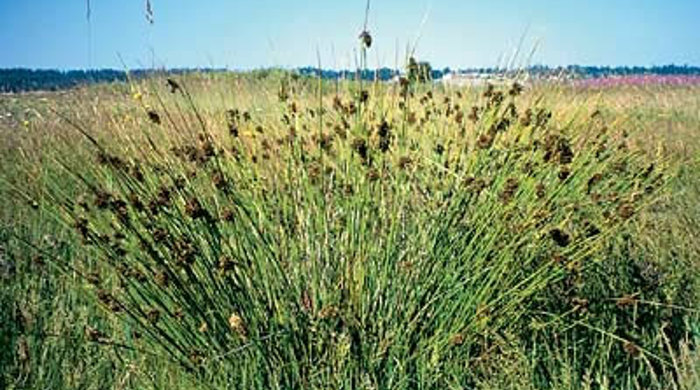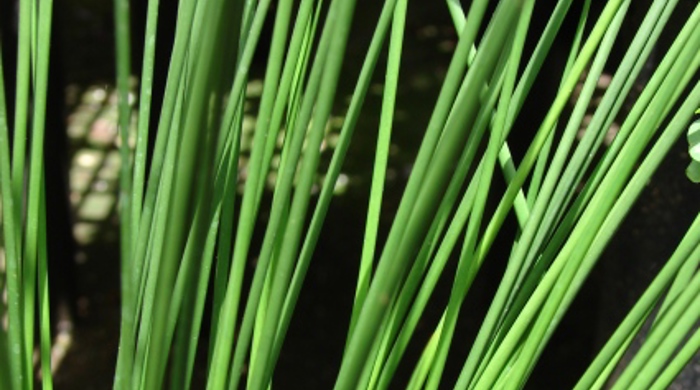Juncus effusus
Soft rush
Also known as:
Common rush
Family: Juncaceae
Origin: Africa, Eurasia, North and South America
Regional Pest Management Plan (RPMP) status
- Not a legally declared pest
General description
Erect, clump-forming leafless rush < 1.2 m tall. Stems are soft, dark green-yellow, shiny, smooth, easily broken and taper from a broad base. Pith is spongy. Flowers are small, pale brown-green and borne in branched flowerhead. Seed capsules are shiny, flattened and pale brown.
What you need to know
Although soft rush is not a legally declared pest plant, it may still be invasive in some situations. Consider lower risk alternatives for your garden, such as native plants.
Habitats
Wet habitats, riparian margins, wetland, pasture, ditches.
Dispersal
Seeds dispersed by water and animals. Human-mediated dispersal through movement of contaminated soil and machinery.
Impact on environment
May outcompete and displace native plants.
Control
Site Management
Follow up treated areas 3 times per year. Encourage natural regeneration of native plants or replant treated areas where possible after 2-3 treatments to establish dense ground cover and minimise reinvasion.
Recommended approaches
Physical control
Method: Dig out.
Plant parts requiring disposal: Seeds and rhizomes.
Disposal options: Remove to greenwaste or landfill.
Biocontrol
Biocontrol is currently not available for this species.
Community agrichemical control recommendations
No qualifications: Foliar spray with 100ml glyphosate green per 10L of water in spring and summer.
Certified Handler/Experienced agrichemical user: Foliar spray with 100ml glyphosate green per 10L of water and 20ml penetrant in spring and summer.
Caution: When using any herbicide or pesticide please read the label thoroughly to ensure that all instructions and safety requirements are followed.





